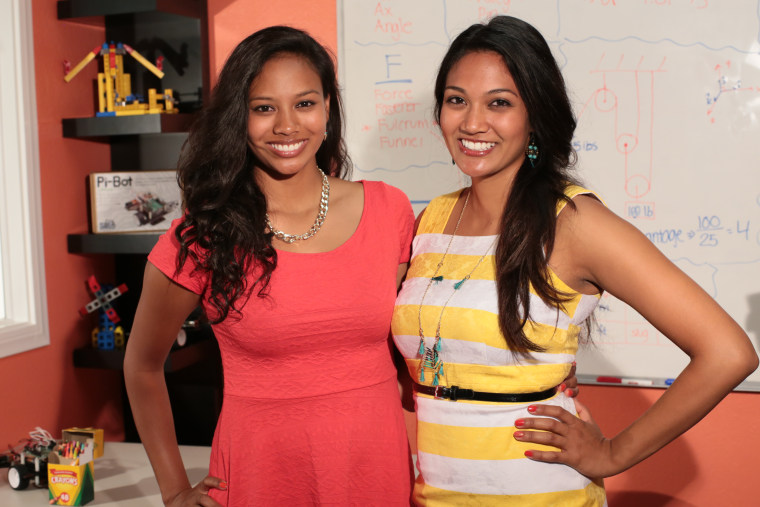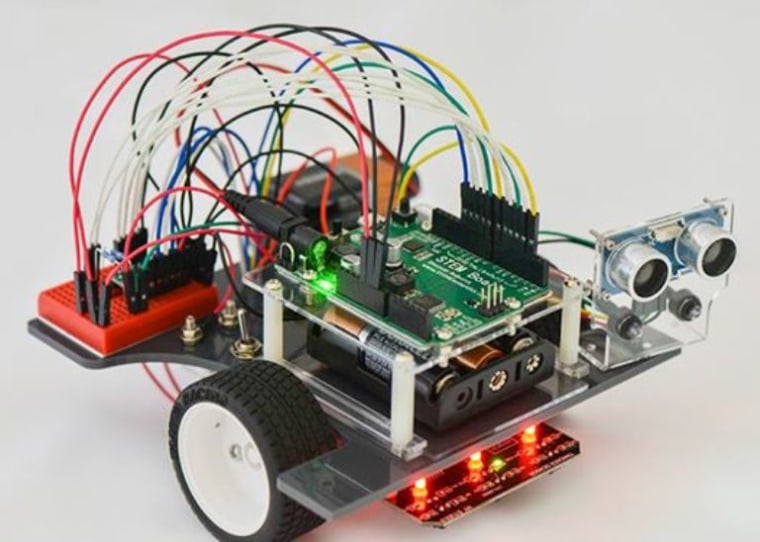As children, instead of playing with their toys, sisters Melissa and Lavanya Jawaharlal were constantly taking apart their toys to try to figure out how they worked. Their curiosity led to years of robotics competitions, then studies in mechanical engineering at university.
They wanted to help young people develop the same passion they had for science, technology, engineering, and math (STEM), however, knowing that most introductory robotics kits were either too hard or too easy, and all were too expensive, they decided to build a better robot. They named it after the Greek letter, Pi.
“My sister and I created the Pi-Bot to make robotics and engineering more accessible to students everywhere,” Lavanya Jawaharlal told NBC News. “The Pi-Bot allows users to explore various types of engineering including mechanical, electrical, and software. We believe a comprehensive experience is vital for students to determine which aspects they are most interested in.”

Related: Mean Machines: U.S. and Japan Prep for Giant Robot Showdown
The Pi-Bot kit includes everything students need to jump-start an engineering interest — a gearbox, motors, sensors, an Arduino-compatible controller called the STEM Board, wires, tools, and a novel Pi-shaped chassis. The sisters say the kit can help them to learn every aspect of robotics from assembling the gears to programming the software, using real-world electronic components and software, at an affordable price of $99.
Only one year after a successful Kickstarter campaign in which the sisters raised almost double their $70,000 goal to create 1000 initial Pi-Bot kits, the Jawaharlals have received orders from 46 countries for students in middle schools, high schools, and universities. The Pi-Bot has been adopted by California State Polytechnic University Pomona’s Introduction to Engineering Courses and UC Berkeley's Girls in Engineering Program, and it was featured in a workshop at the American Society of Engineering Education Conference.

The majority of the students in their robotics education program, STEM Center USA, are Asian American girls, some as young as 5. “The moment they begin building, programming, and learning about pulleys, gears, motion sensors, etc., the girls just don't want to leave our creativity center! They not only want to keep working, they also want to design their own models and write their own codes,” explained Lavanya Jawaharlal, ”We have 7-year-old girls saying they want to be scientists or engineers when they grow up.”